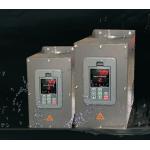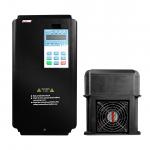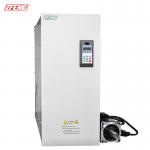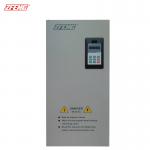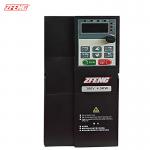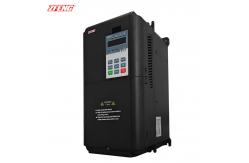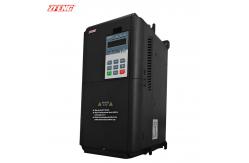ZFeng 900 Series 11Kw-T-G General Vector Variable Frequency DriveVector frequency drive is based on vector control technology, which
transforms the three-phase system into an M-T two-phase system
through coordinate transformation. It decomposes the stator current
vector of the AC motor into two DC components (magnetic flux
component and torque component), thereby achieving separate control
of the magnetic flux and torque of the AC motor. This control
method enables AC motors to have control characteristics similar to
DC motors, greatly improving the control performance of AC motors.
Functional advantages- energy efficiency
Soft start/soft stop: reduces mechanical impact, lowers wire rope
and brake losses, and extends equipment lifespan.
Optimize energy efficiency: By limiting current and reducing
frequency, it can save 20% -50% energy compared to traditional
control. - intelligent control
Modbus communication: Integrated remote monitoring system to
achieve device networking and real-time data transmission.
Anti sway function: reduces load sway through torque control,
improving the safety of high-altitude operations. - Multi motor collaboration
Synchronous control: When multiple motors cooperate in a large
crane, ensure that the output torque is consistent with the speed
to avoid unbalanced load.
Selection suggestions- Load type: Vector control is selected for constant torque loads
(such as lifting mechanisms), and V/F control is selected for
variable torque loads (such as ventilation equipment).
- Power matching: Select the frequency converter capacity based on
the rated current of the motor, taking into account 1.33 times the
overload factor.
- Braking method: In frequent braking scenarios (such as lifting
mechanisms), it is recommended to choose a feedback braking unit.
|

